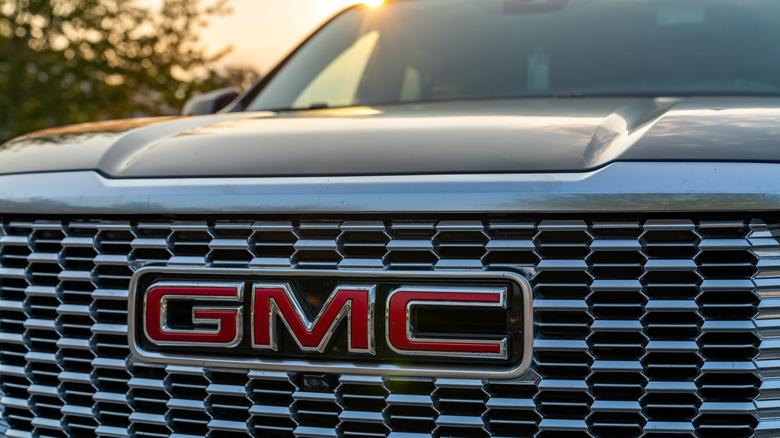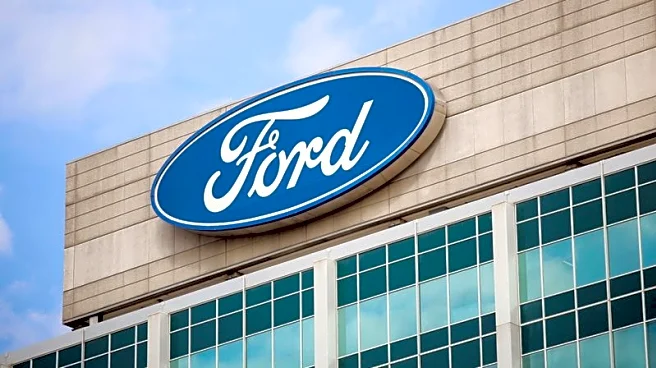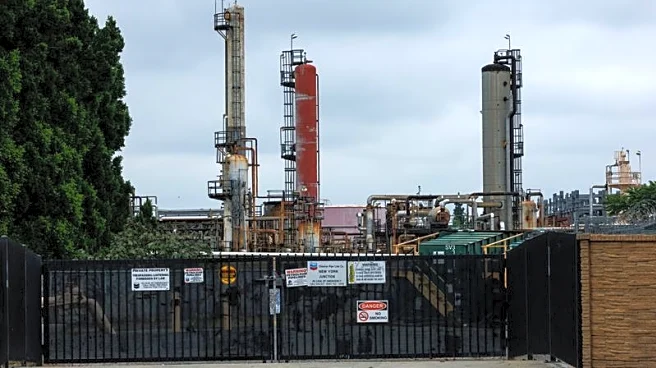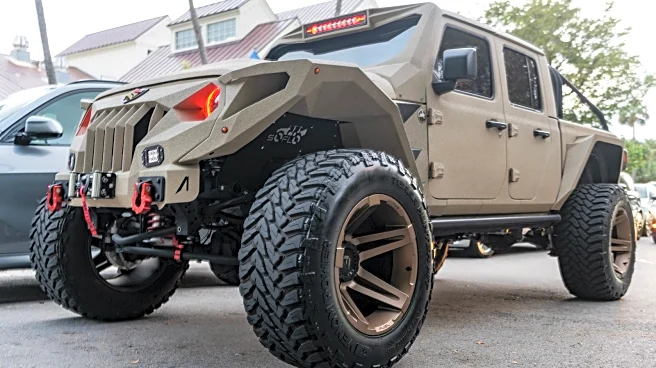
The majority of GMC trucks are made in the U.S., though "Made in America" doesn't always mean what it once did. GM's historic Flint Assembly factory in Flint, Michigan, is responsible for churning out the heavy-duty Sierra 2500HD and 3500HD models. It's been operational since 1947, and recently just underwent a $150 million upgrade, aimed at accommodating the production of next-gen trucks with mixed-material bodywork and trailering technology.
The light-duty Sierra 1500, on the other hand, rolls out
of three different assembly plants, depending on trim and drivetrain -- the Fort Wayne Assembly plant in Indiana and GM's assembly complexes in Silao, Mexico, and Ontario, Canada. Models made in Silao are still offered for sale in the U.S., and according to GM, equipment and quality are standard no matter where they're made. Outsourcing is sometimes criticized, and not just for GM. However, in this case, the company's word on quality seems to hold up, with the Silao plant being one of, if not GM's most sophisticated facilities worldwide, producing over 400,000 trucks in 2023 alone.
Other GMC variants, such as the Canyon midsize pickup truck, come out of Wentzville, Missouri, whereas electric models like the GMC Hummer EV are made in GM's dedicated EV facility, Factory ZERO, which straddles two cities: same old Detroit (the home of American muscle cars and big block engines) and Hamtramck. In 2020, GM invested $2.2 billion in this facility as a sign of commitment towards an all-electric future.
Read more: 5 Cars GM Never Should Have Discontinued
Who Actually Owns GMC Today?

GMC has never been a stand-alone company. Rather, it has long been, and remains, a division of General Motors (GM) -- one of the largest automakers globally, the largest in the U.S. -- which also owns Chevrolet, Cadillac, Buick, and previously Saturn, Pontiac, and Hummer (before its EV revival under GMC). The acronym "GMC," which originally stood for "General Motors Company," eventually came to mean "General Motors Truck Company," a name it had as early as 1912 when GM merged multiple truck manufacturers under one division.
With its main office in Detroit, Michigan, GM itself is a publicly traded corporation on the New York Stock Exchange under the ticker GM. That means just about anyone can own a piece of it, even you. But the biggest shareholders include the same old giant institutions like Vanguard Group Inc., BlackRock Inc., and State Street Corporation, just to name a few. It was founded by William C. Durant in 1908 and rapidly grew to become one of the largest and most influential automakers in the world. Then came the 2009 financial crisis, which had GM file for bankruptcy. 40 days later, the company re-emerged as a solvent, more streamlined business with a much tighter brand focus. Pontiac, Saturn, and Hummer (at the time) were all axed out, but guess who survived -- GMC. The company currently operates over 150 facilities and employs about 162,000 employees worldwide, more than 97,000 of whom are in the U.S.
GMC's Strategic Role In GM's EV Future

GMC has always been viewed as Chevy's better-dressed sibling. Same truck DNA, but glossier trims. However, GM appears to be giving it more to work with in the EV era. In fact, GMC was the first brand to roll out a car under GM's new Ultium EV platform, not Chevy or Cadillac. The GMC Hummer EV -- a 9,000-pound beast with four-wheel steering, an engine that can crank out 1,000 horsepower, and a Watts to Freedom mode that sends it from 0 to 60 in roughly three seconds -- was given that honor. GM claims that the car helped in validating the platform's over-the-air update capabilities, torque vectoring tech, and battery pack structure.
The GMC Sierra EV shares parts of the Chevy Silverado EV's architecture, but offers more luxurious features and variants like the Denali Edition 1 that roll out off-road-ready. In 2022, GM invested $4 billion in its Orion Assembly plant, all aimed at scaling EV production under Ultium, and production was set to begin shortly after. However, GM's plans seem to have changed after announcing its intention to use the Orion plant for gas-powered full-size SUV and light-duty truck production, which is set to begin in 2027. The plant will also continue to churn out battery modules, which are then shipped to Factory Zero and used in GM's EV lineup, as has been the case since the summer of 2024.
Want the latest in tech and auto trends? Subscribe to our free newsletter for the latest headlines, expert guides, and how-to tips, one email at a time.
Read the original article on SlashGear.














